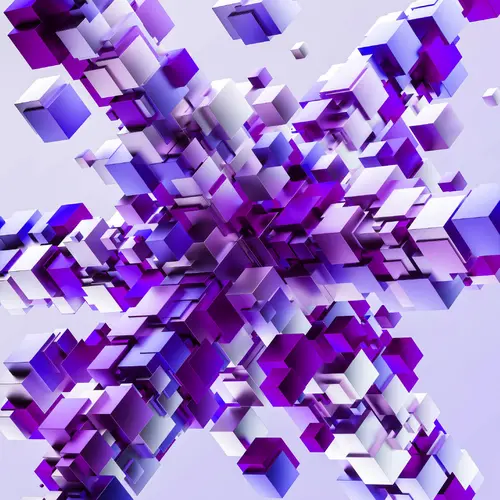
Smita Krishnaswamy
Biography
Our lab works on developing foundational mathematical machine learning and deep learning methods that incorporate graph-based learning, signal processing, information theory, data geometry and topology, optimal transport and dynamics modeling that are capable of exploratory analysis, scientific inference, interpretation and hypothesis generation big biomedical datasets ranging from single-cell data, to brain imaging, to molecular structural datasets arising from neuroscience, psychology, stem cell biology, cancer biology, healthcare, and biochemistry. Our works have been instrumental in dynamic trajectory learning from static snapshot data, data denoising, visualization, network inference, molecular structure modeling and more.


